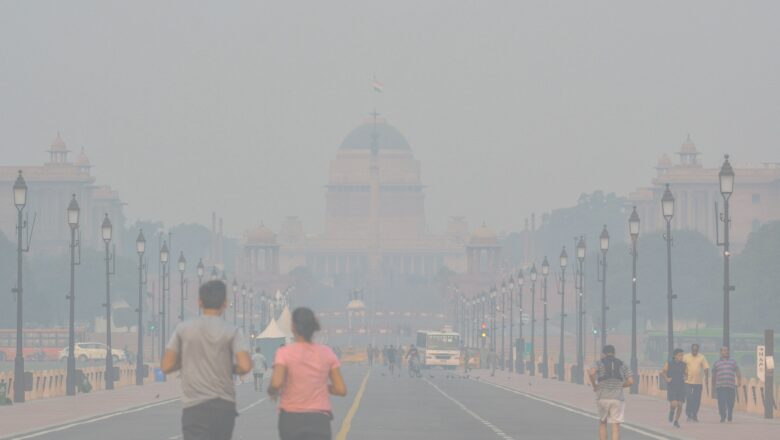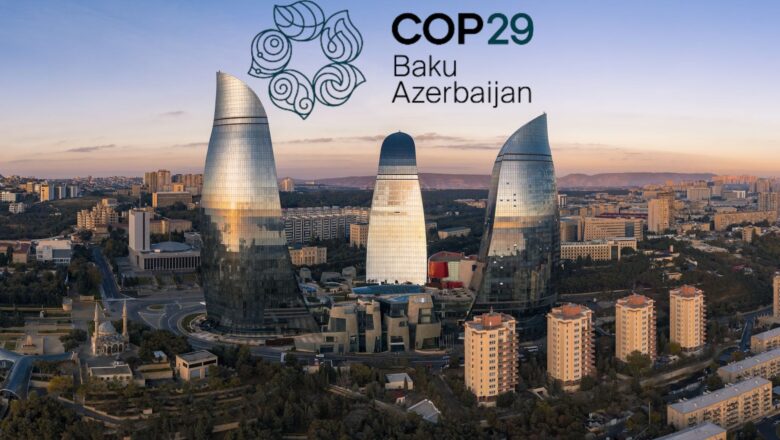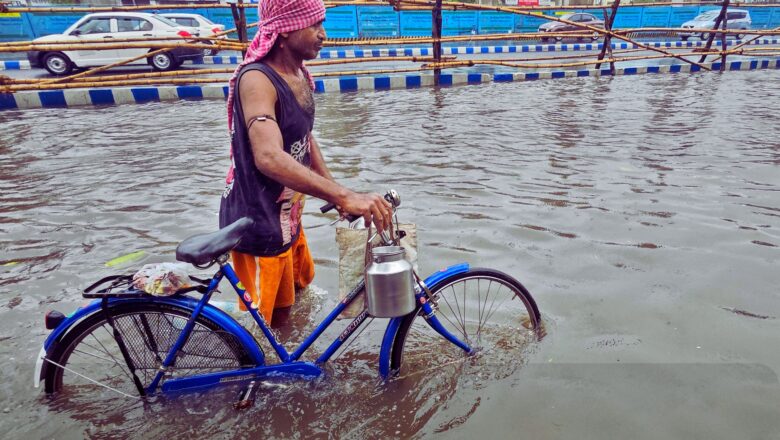
Delhi’s Air Pollution Disrupts Flights and Trains Amid Smog Crisis
Severe smog blanketed Delhi on Monday, reducing visibility and causing significant disruptions to train and flight operations. The worsening air quality, classified as “severe plus,” led to delays across the city’s transportation network.
Over 160 flights, including 118 departures and 43 arrivals, were delayed at Indira Gandhi International Airport by 8:30 am due to reduced visibility, according to Flightradar24. The airport activated low visibility procedures and issued an advisory urging passengers to stay updated with their airlines about flight statuses.
Smog also disrupted train operations, delaying over 28 trains arriving at New Delhi and Anand Vihar Railway stations by two to nine hours. Passengers were seen waiting outside stations amid the confusion.
Severe Air Quality Tr...








